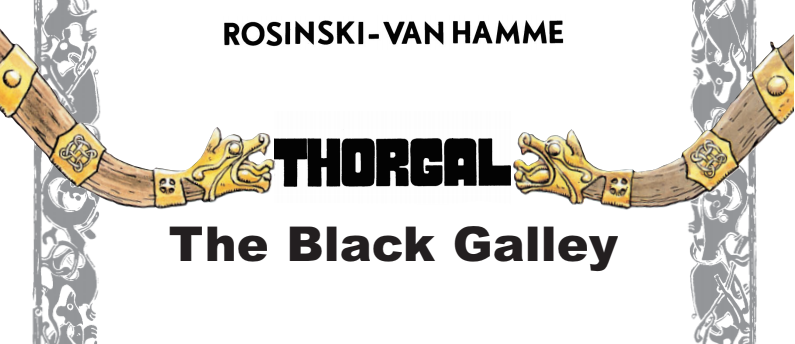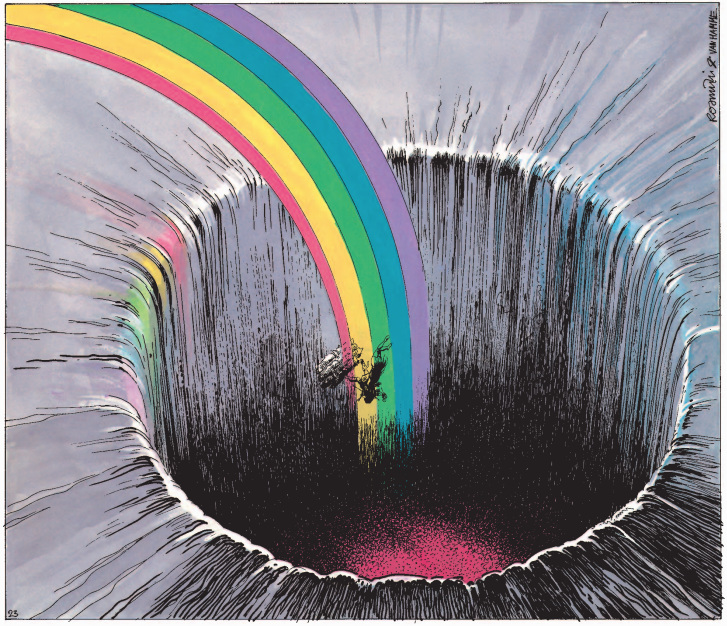Thorgal
Jean Van Hamme (writer), Grzegorz Rosiński (illustrator)
Cinebook
Thorgal is a silly name. It doesn’t inspire confidence. The art is what attracted me to reviewing this classic European series—one that still goes on today, albeit with writers changed out. Grzegorz Rosiński’s art is extraordinarily well-composed, to the point of being cinematic. Scouring the pages was like getting schooled in pacing and layout; tips from an unforgiving master. The Thorgal series has some of the easiest to follow sequences I’ve ever seen in comics. If I was occasionally underwhelmed by the narrative at the beginning, I was never confused.

Despite excellent craft, I wasn’t expecting to enjoy the four volumes I’ve reviewed: Child of the Stars, The Three Elders of Aran, Beyond the Shadows, and The Archers, all Cinebook translations. Traditional action-fantasy comics underwhelm me, and everything—the name, the titles, the character designs—shouts “I’m gonna be a boring fantasy comic.” As it turns out, Thorgal isn’t what I expected. It was for a second, but went completely off the rails. When Thorgal goes off the rails, it becomes a driving folk metal song in pictoral form, like a Heavy Metal series without the spikes and pornography. It feels great.

The premise of Thorgal is one we’ve seen before. A male infant crash-lands on Earth in an escape capsule. In this case, a Viking chieftain believes the infant is a gift from Thor, and takes the mysterious boy in as his own son. The boy, Thorgal, never quite fits in with his surroundings, despite good will and skills with a bow. The death of his adoptive father and the threat represented by the new chieftain sends young Thorgal away from home on a series of increasingly absurd, high-stakes adventures.

While the art is consistently strong, Rosinski can get in his own way. One gets the impression that he often draws to prove how well he can draw. The emphasis on detail and anatomical fidelity seems to have come at the expense of character acting. Figures and expressions are often stiff, reading more as the character imitating the Platonic ideal of an act than as the character behaving organically. Thankfully, Thorgal isn’t a comic that requires you to have a deep emotional connection to the characters, and the layout and composition do a great job of conveying tone.

Thorgal doesn’t strictly require you to read volumes in order, either. While the first volume and a half do a worthy job establishing the protagonist’s background, Volume 2 is where things get interesting. I don’t think the reader misses out on much besides nice art if skipping Volume 1. Thorgal is a bit like Corto Maltese in that respect—you don’t need to know much about Corto to understand or enjoy his adventures. It’s all right there on the surface. That’s okay! Thorgal demonstrates how comics don’t need to be deep to be enjoyable.


